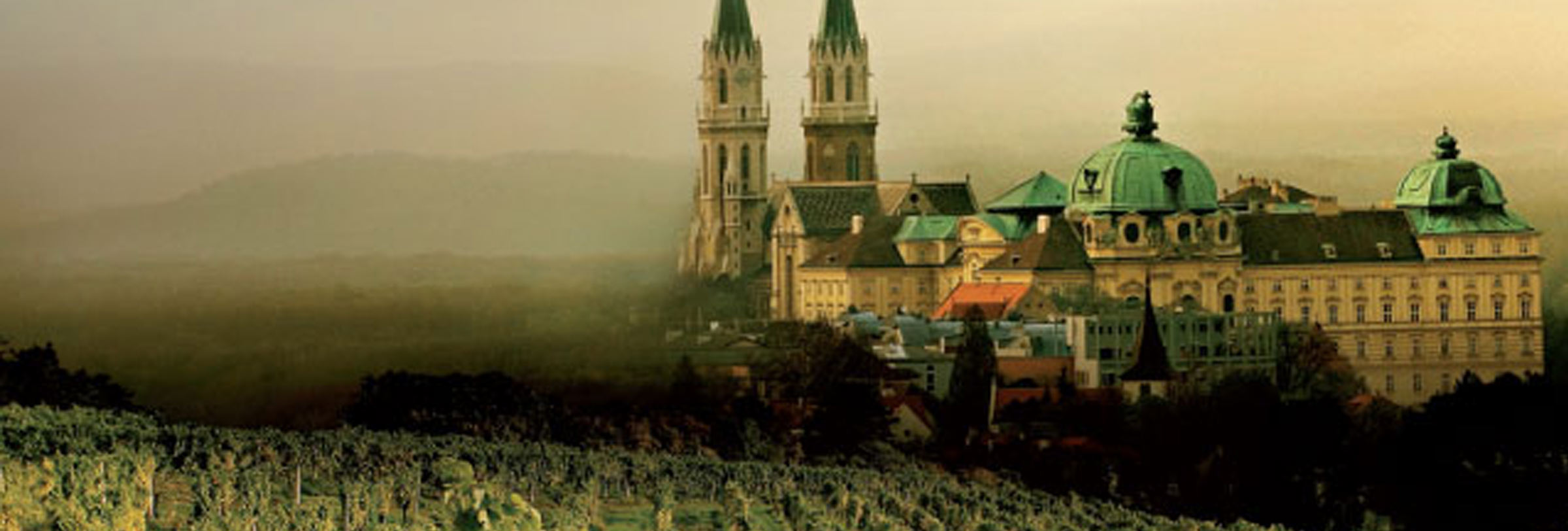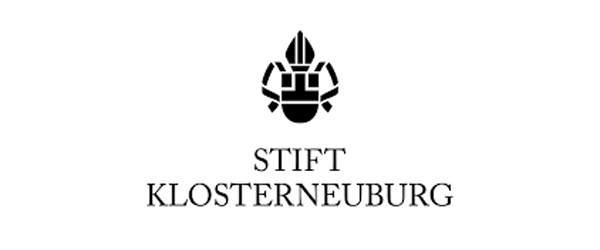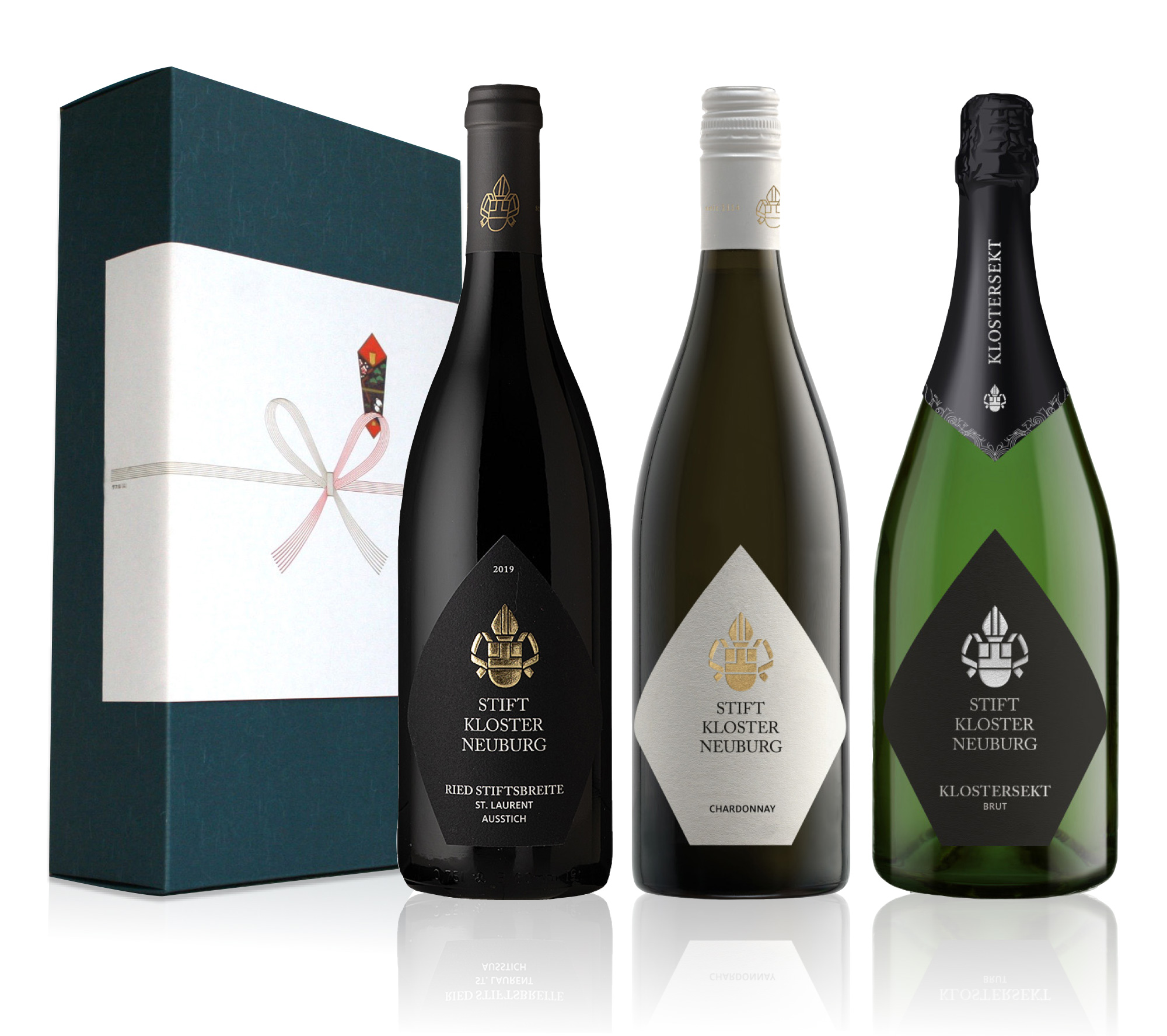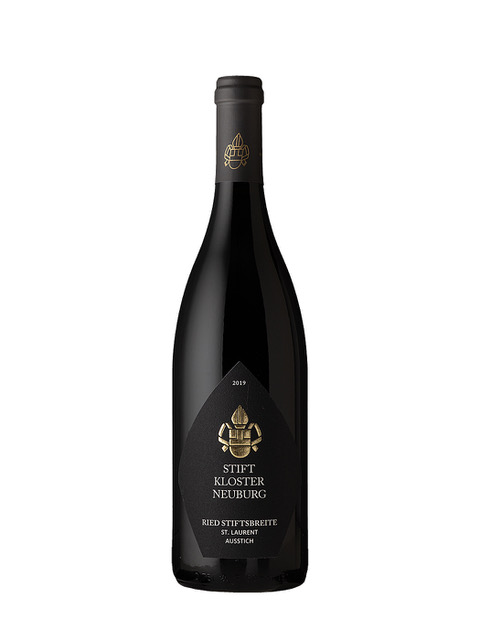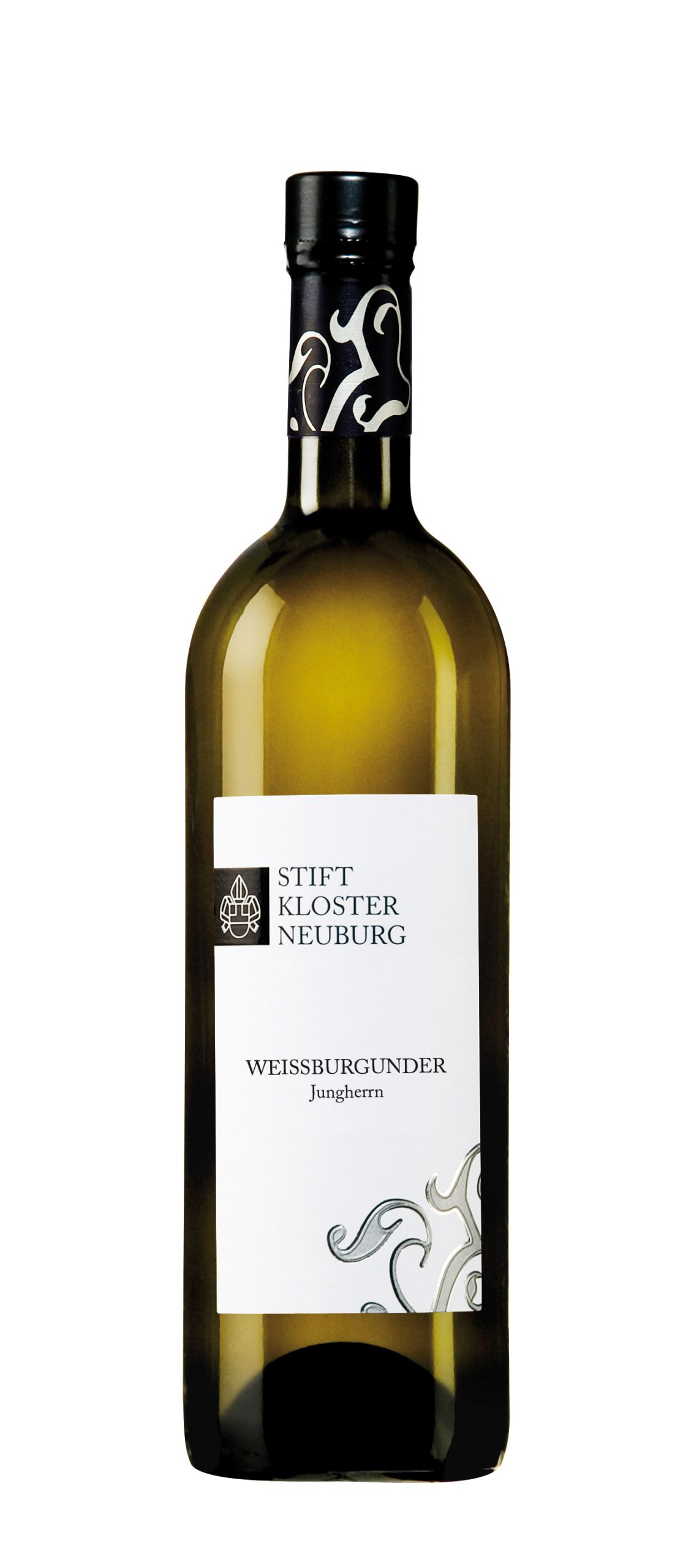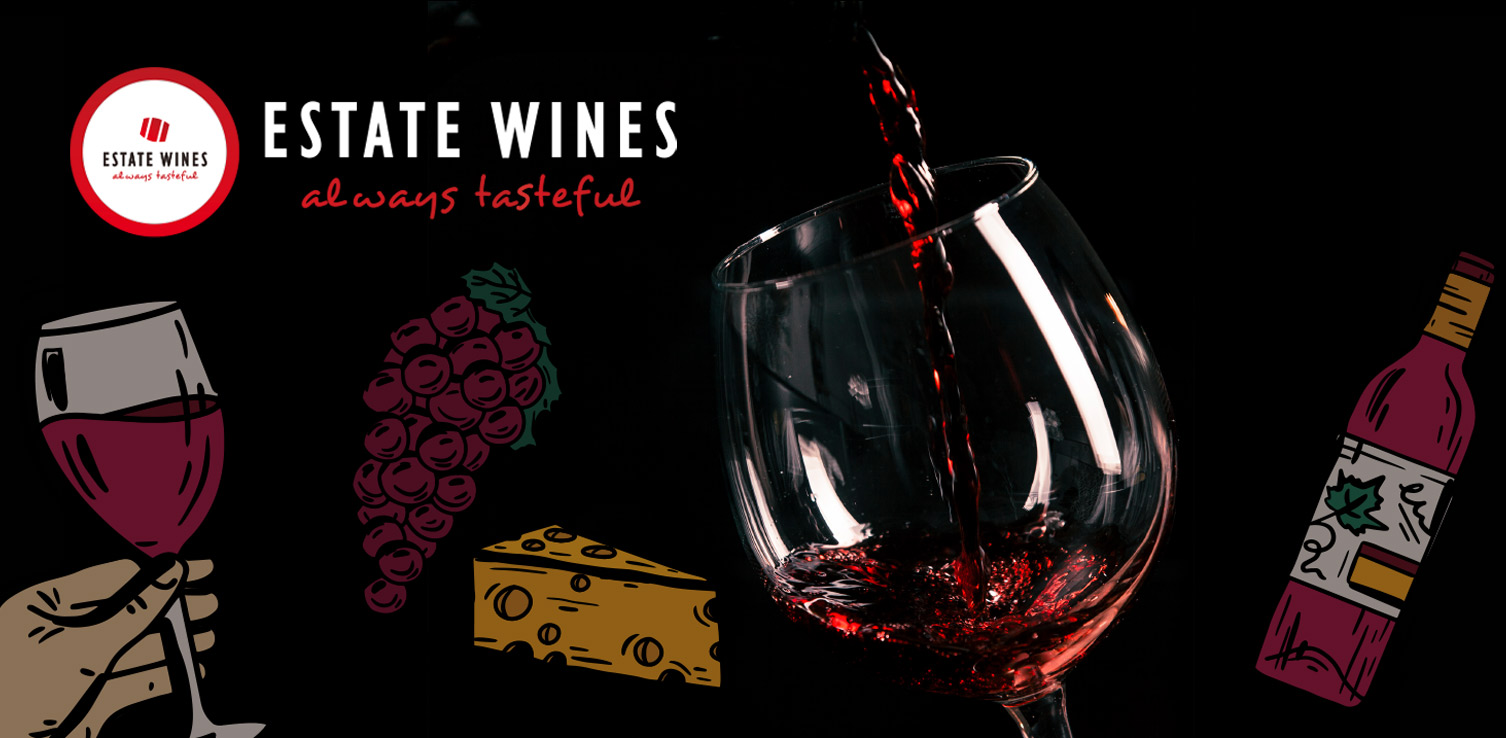Your cart is currently empty!
Stift Klosterneuburg
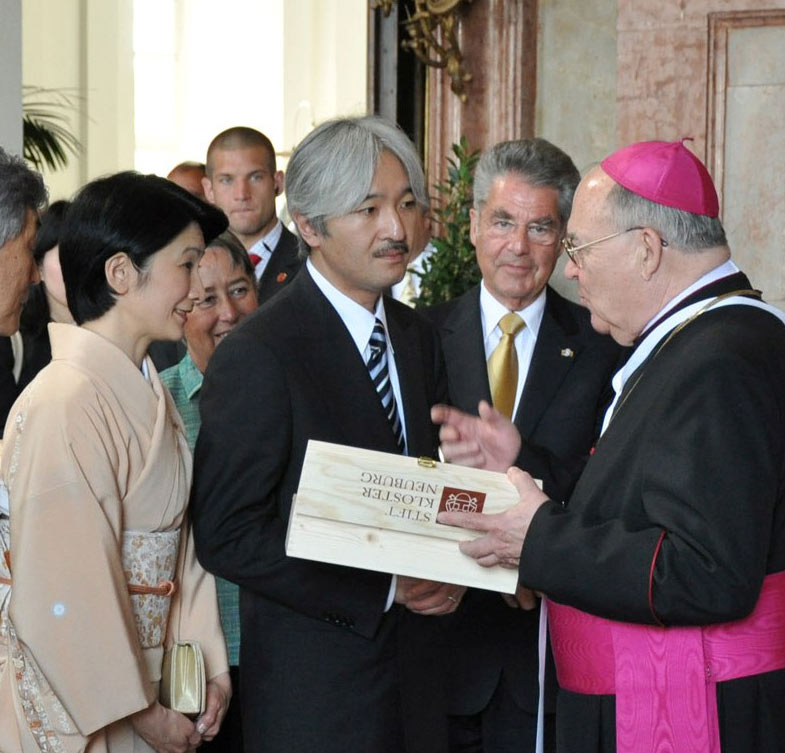 Located high above the danube river, Klosterneuburg Monastery sits at the doorstep of Vienna in its massive architectural splendour. The history of Klosterneuburg Monastery Winery began in the year 1114 – and ever since then viticulture flourished under the caring eyes of the Augustinian monks. At an age of roughly 900 years, Klosterneuburg Monastery Winery is not only one of the oldest wine estates in Austria, but also one of the largest. Its 108 hectares of prime vineyard land are sprinkled over a large area west and south of Vienna, offering the best sites for Riesling, Gruener Veltliner, Chardonnay and Pinot Noir in Klosterneuburg and Vienna, Spaetrot and Rotgipfler in Gumpoldskirchen and St. Laurent in the warm, heavy soils of Tattendorf. The monastery’s magnificent 11th century cathedral and ambitious baroque palace house many priceless pieces of art and attract visitors from all over the world.
Located high above the danube river, Klosterneuburg Monastery sits at the doorstep of Vienna in its massive architectural splendour. The history of Klosterneuburg Monastery Winery began in the year 1114 – and ever since then viticulture flourished under the caring eyes of the Augustinian monks. At an age of roughly 900 years, Klosterneuburg Monastery Winery is not only one of the oldest wine estates in Austria, but also one of the largest. Its 108 hectares of prime vineyard land are sprinkled over a large area west and south of Vienna, offering the best sites for Riesling, Gruener Veltliner, Chardonnay and Pinot Noir in Klosterneuburg and Vienna, Spaetrot and Rotgipfler in Gumpoldskirchen and St. Laurent in the warm, heavy soils of Tattendorf. The monastery’s magnificent 11th century cathedral and ambitious baroque palace house many priceless pieces of art and attract visitors from all over the world.
Vines rooted in history
In this tranquil place, blest by nature, grapes and growers have been thriving for centuries. The Roman emperor Probus was the first to realise the natural advantages of the location: with the foundation of a Roman outpost he brought the art of wine making to Klosterneuburg in the 3rd Century AD. When the Romans disappeared, the skill of culturing vines remained in Klosterneuburg for many centuries to come.
The sophistication of Margrave Leopold III heralded the end of the Dark Ages in Klosterneuburg. As a devout Christian, he founded the Klosterneuburg Monastery in 1114, transferring it to the Augustinian Order in 1133. Thanks to the dedication of the Augustinian canons, Klosterneuburg wines achieved unprecedented quality. Exports flourished and wine became an important commodity in Klosterneuburg. In addition to being one of the oldest wine estates in Austria, Klosterneuburg was soon also one of the largest.
 The carefully-maintained balance between historic responsibility and modern wine making at Klosterneuburg Monastery is probably best exemplified by its sustainable cultivation of the land. Ecological principles are followed for tilling, organic fertilisers are preferred and much effort is put into the conservation of natural fauna in the vineyards.
The carefully-maintained balance between historic responsibility and modern wine making at Klosterneuburg Monastery is probably best exemplified by its sustainable cultivation of the land. Ecological principles are followed for tilling, organic fertilisers are preferred and much effort is put into the conservation of natural fauna in the vineyards.
In consequence, work in the vineyards at the Klosterneuburg Monastery is very labour intensive with preference still given to manual work. Vines are trained in order to achieve the highest quality of grapes by keeping yields low. When the grapes are ripe, experienced pickers select those that fulfil the monastery’s high standards. Only healthy and fully ripened grapes are selected to ensure optimum concentration of fruit and aroma compounds. Furthermore, extra small harvest containers are used to prevent squashing of the grapes. In consequence, grape juice is first extracted at the monastery’s modern press house under hygienic and climate-controlled conditions.
After bottling, the wines are stored in the amazing four storey deep baroque cellar of the Klosterneuburg Monastery. Some say that this adds to their special quality. In any case, a wine from the Klosterneuburg Monastery will always be made to the most modern standards and highest quality criteria – just as it always has been for the past 900 years.
Showing all 9 results
Chardonnay
The Chardonnay from the Klosterneuburg Monastery Wine Estate is characterized by finesse and elegance. Its...
Gift Set S1: 1 x Klostersekt
This sparkling classic is characterized by clear, fresh and fruity aromas of apples and lime...
Gift Set SK: 3 bottles Stift Klosterneuburg
A gift set featuring 3 Austrian wines: -> Wiener Gemischter Satz’23, Stift Klosterneuburg, (Austria, Wien,...
Klostersekt
This sparkling classic is characterized by clear, fresh and fruity aromas of apples and lime...
Klostersekt, Piccolo
This sparkling classic is characterized by clear, fresh and fruity aromas of apples and lime...
St. Laurent Ausstich, Limited Edition
A cheerful, garnet colored red wine, it matured in large oak barrels to arrive at...
St. Laurent Reserve, Ried Stiftsbreite
Ageing in small oak casks lends the St. Laurent Reserve from Stift Klosterneuburg Wine Estate...
Weissburgunder Jungherren
This Weißburgunder (Pinot blanc) is characterised by expressive flavours of ripe apples and hints of...
Wiener Gemischter Satz
This flield blend, consisting of Grüner Veltliner, Chardonnay and Weissburgunder (Pinot blanc), originates from Vienna's...

